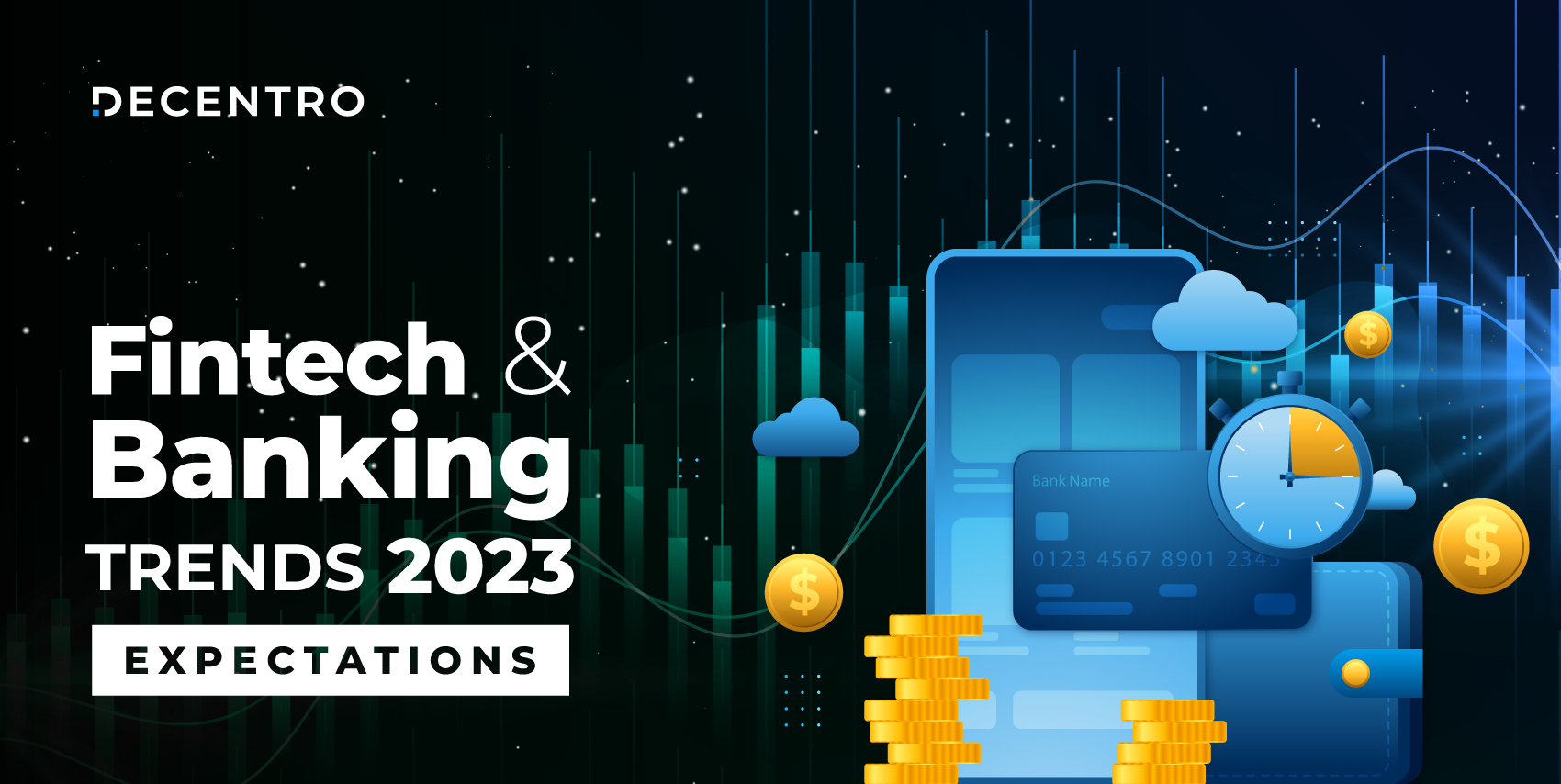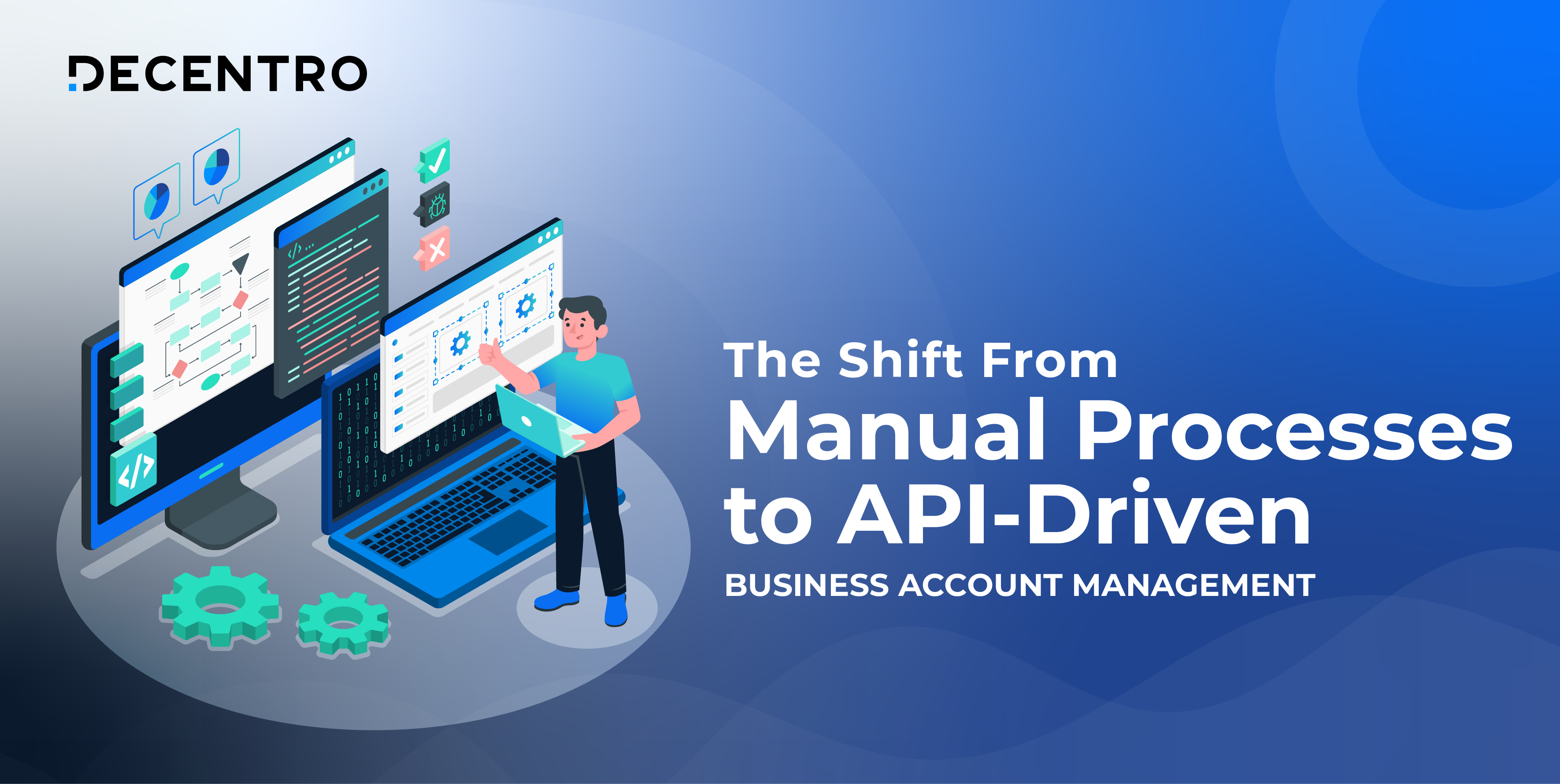As the year wraps up on the high of innovation and regulation for the banking sector, case in point, the digital rupee and lending crackdowns, it is only fair for us to lay down the groundwork for 2023 banking and financial trends.

Fintech and Banking Trends of 2023: Expectations
A true blue millennial trying to engineer her full time-career around the world of content. How cliché is that?
Table of Contents

2022.
The year of agile and adaptive banking.
The year of hyper-automated banking solutions.
The year that fostered scalable and resilient industry players.
As 2022 wraps up on the high of innovation and regulation for the banking sector, case in point, the digital rupee and lending crackdowns, it is only fair for us to lay down the groundwork for 2023 banking and financial trends.
According to Forbes Financial services (BFSI) trends in 2023 will be primarily shaped by customer needs, technological innovation, and policy decisions.
So let’s break down the trends over each of these three laterals.
Technology Innovation
The advent of the Open World
2022 was the year when regulators and customers alike witnessed the impact of open banking initiatives. While Open Banking APIs are still in their early stages, their impact has been multifold. The basic interoperability of a third-party application has made transactions more accessible, faster, and more secure, thereby addressing the three significant expectations of any product or service.
The natural extension of open banking services is bleeding into Open Finance. Open finance’s potential in terms of opening up data sharing for new cross-industry business models beyond banking products and services is unsurmountable.
So clearly, in 2023, open APIs will still be the preferred choice for banks and third-party providers. However, developers may also benefit from focusing on closed or hybrid APIs to protect their data from being exposed by external parties. Closer collaboration between financial institutions and developers is expected to help both sides find the best approach for integrating their technologies
As the boundaries between banking and other financial services providers continue to blur, APIs will become an effective tool for banks to create new opportunities in cross-selling products or transactions.
The Big Data World
The need for any player in the finance and banking eco-system in the coming year will be to ensure ample data to make informed decisions in the product’s or offerings’ journey. Naturally, fintech players, even today, are collecting and analyzing vast amounts of data from various sources, including customer transactions and interactions, to create that pipeline. With customer behavior being the center of the business models and feeding into the personalized services pipelines, predictive analytics allows players to kill two birds with a single stone.
The promise of 2023 is more “closed-loop” solutions powered by fast and intuitive data collection. This will allow solutions operating in the banking and finance space to achieve a 360-degree view of their customer’s needs, providing them with contextually relevant information about discounts or personalized offers.
The revamp of financial market infrastructure
Decentralization powered by digital assets and tokens is on the verge of transforming the financial ecosystem. The focus of 2023 will be primarily on investing in solutions that bridge the gaps between decentralized finance and traditional finance to unlock its business value. Right from experimenting with central bank digital currencies and tokens or just exploring the potential of blockchain technology in the current regulated market, this is where the heart of innovation lies.
Even in the blockchain world, the expectation in 2023 is beyond simple transactions and money transfers. Whether it is leveraging it for KYC and due diligence, issuance, trading, and settlement of securities, or just the growing use of blockchain-based digital currencies, the attempt has been to standardize the effort between the regulated and unregulated market.
Policy Decisions
Focus on Risk Management
The banking sectors are still reeling from the aftereffects of the pandemic. Just to put things into perspective, the accelerated adoption of digital tools and just being propelled down the digital transformation curve left some gaping holes in the market. These gaps were most visible in security, stability, and sustainability, making risk management the core of every activity at banking and insurance firms. Therefore in 2023, the focus will be more on accountability and responsibility as well as a revamped risk strategy with greater investment in data, infrastructure, reporting capabilities, and compliance.

The Expansion Of The Regulatory Compliance And Reporting Solutions Market
As financial crimes and money laundering methodologies keep pace with technological advances, financial institutions will need dedicated solutions to ensure they are aligned with their regulatory environments and can stop the misuse of their services. In response to increasing threats, the number of reporting standards and guidelines has risen but often lacks compatibility and consistency. In addition, the complex data demands of the financial industry require firms to look for suitable financial crime technology and software solutions to detect the threats they face and adapt to evolving regulations. There will be a rise in the number and growth of RegTech firms that offer technological solutions suitable for financial firms to achieve regulatory compliance.
Customer Needs
The advent of personalized journeys
From the traditional players like banks to the fintech operating in the space, the key focus for both stakeholders would be to keep up with the demands of a technology’s native customer base. In 2023, the ability to anticipate customer needs and provide great experiences will act as the differentiator for the players in the space.
There will be greater emphasis on convenience, security, comfort, and engagement with every solution that will operate in the market, as consumers naturally expect personalized, seamless, and convenient banking services. According to a recent study, when asked about the priority of 2023 for banks, customer data platforms, which gather and analyze customer information to create personalized solutions, became the top technology priority for about 30% of respondents.
The year 2023 will ride on the back of digitization, decentralization, and decarbonization in innovation, whereas the market consensus will move closer to reforming the concept of money.

Until recently, much attention has been paid to overhauling the legacy processes to meet changing customer requirements. Now, for most advanced banks and the players operating in the sector, the focus will shift to maximizing profitability to improve RoI as financial institutions are dealing with a difficult economic picture.
The search for solutions that continue to enhance efficiency, reduce costs and increase revenue streams through diversification into new products and services will allow the soft launch of the ecosystem into the future that has been promised above.
We at Decentro also follow a similar ethos with our product suite. The promise of a seamless flow of money and financial data is available in an extremely simple format with the highest degree of automation.
Be it with :
- Simple APIs for UPIs and KYC verification
- A compliant payments stack catering to all your collections and payouts need
- A host of banking products such as Ledgers, business BaaS, and more for your neobank.
to put things into perspective, in just two years, our KYC stack has been churning solid numbers.
With over 400+ Identity validations, 250+ Image recognitions, and 300+ Repository fetches happening via Decentro’s KYC stack per hour, we’re more than equipped to enable your verification and validation journey.
Curious to know more about our offerings or want to be a part of our journey in 2023? Drop us a line at hello@decentro.tech


